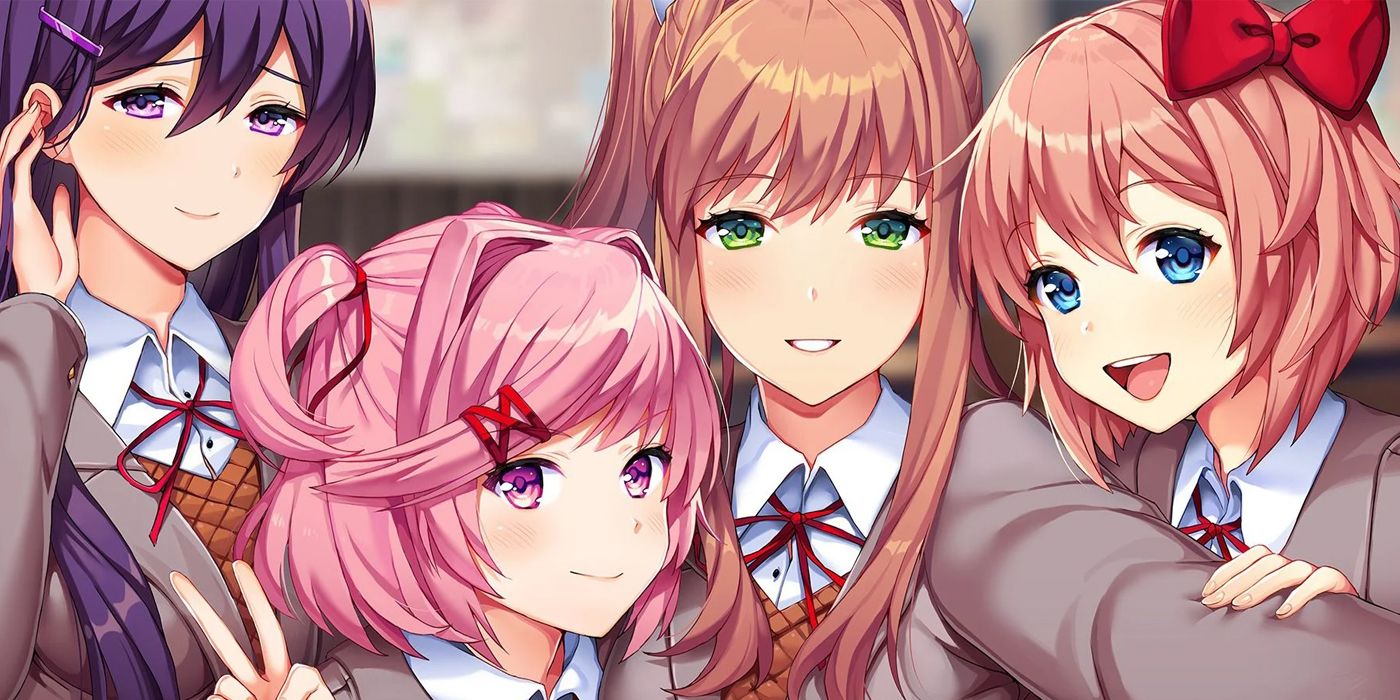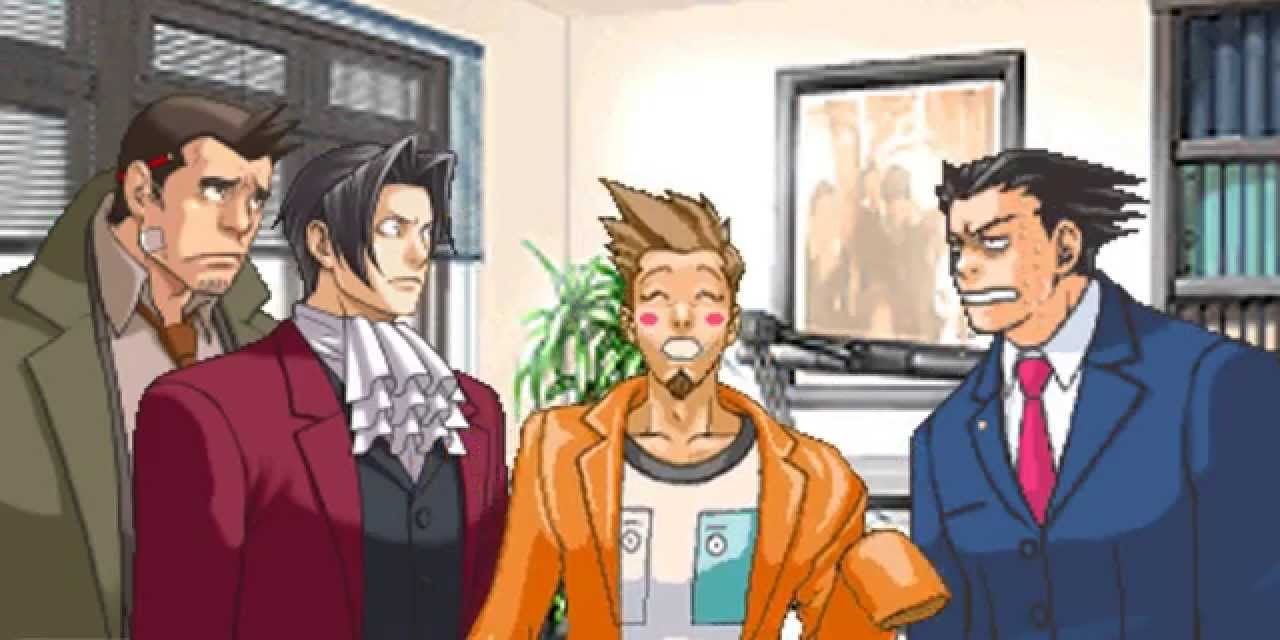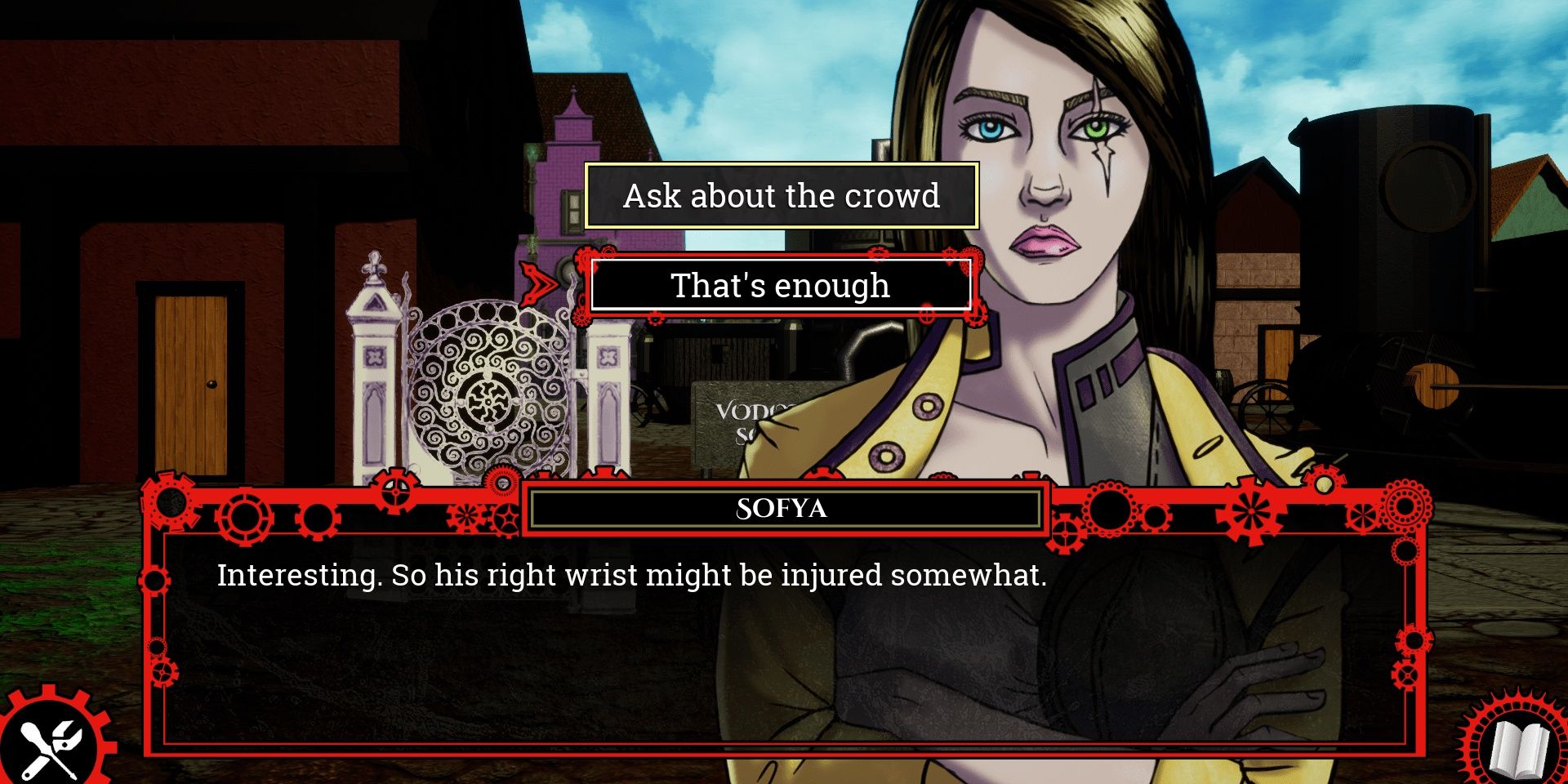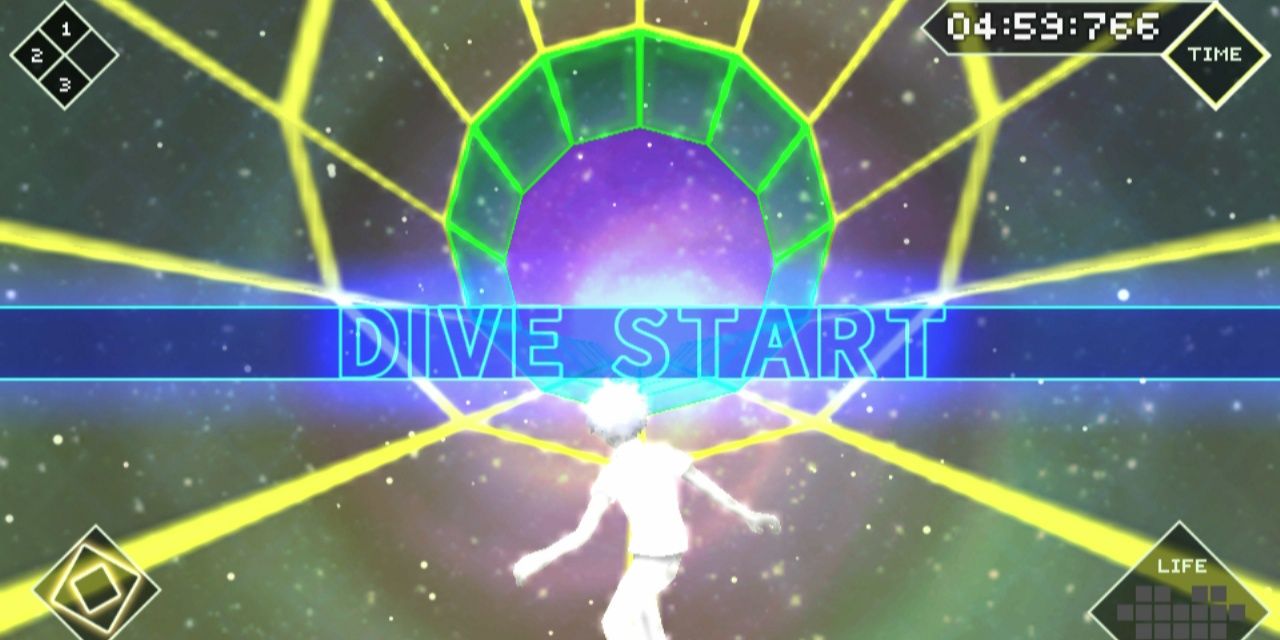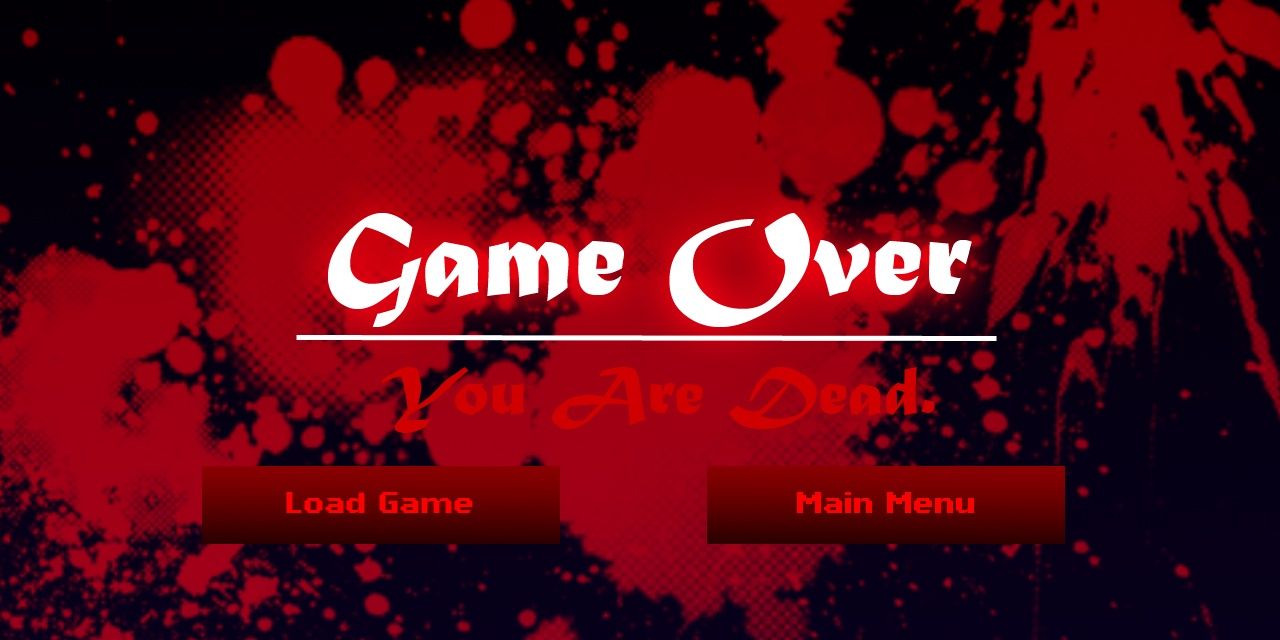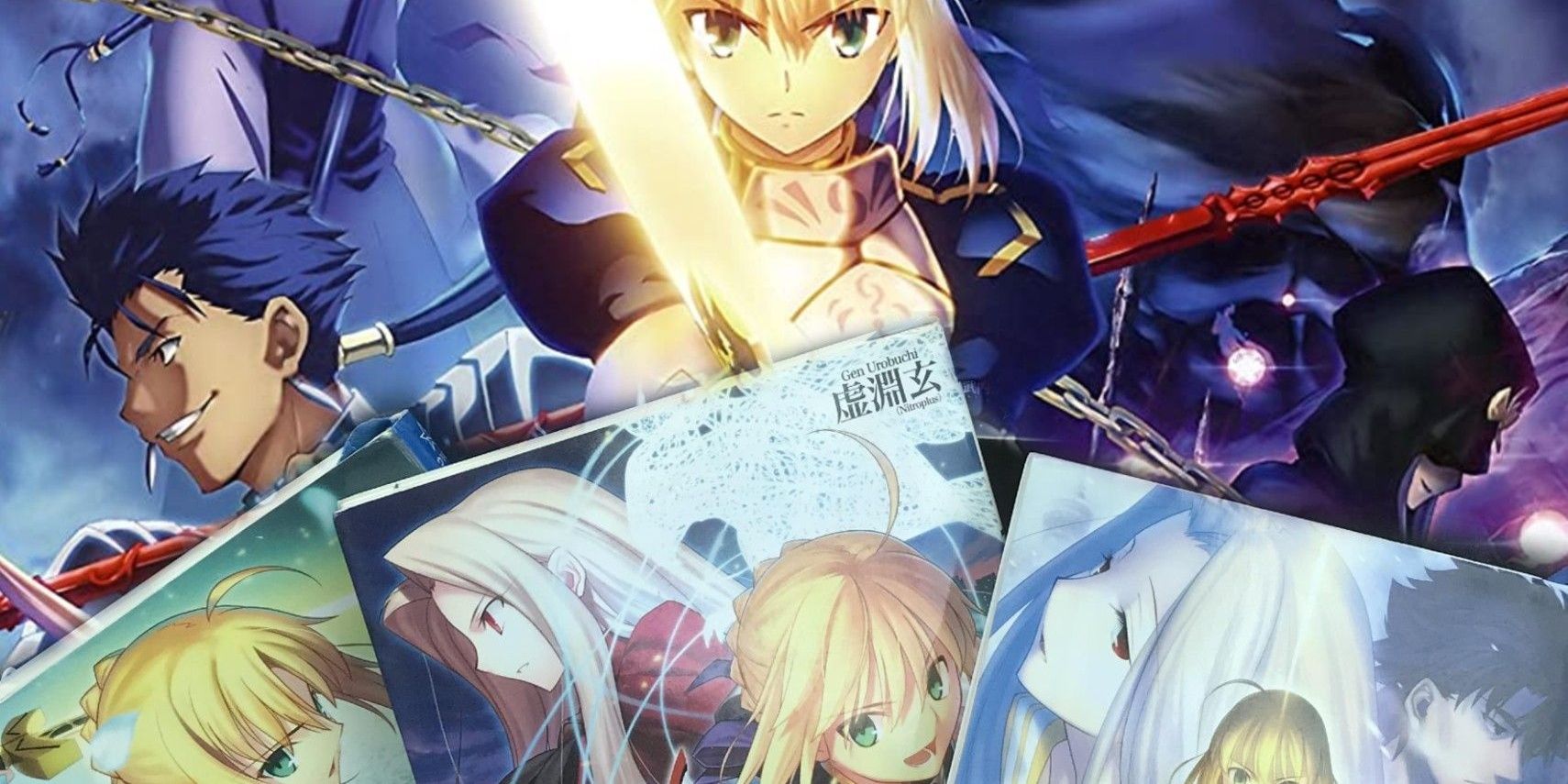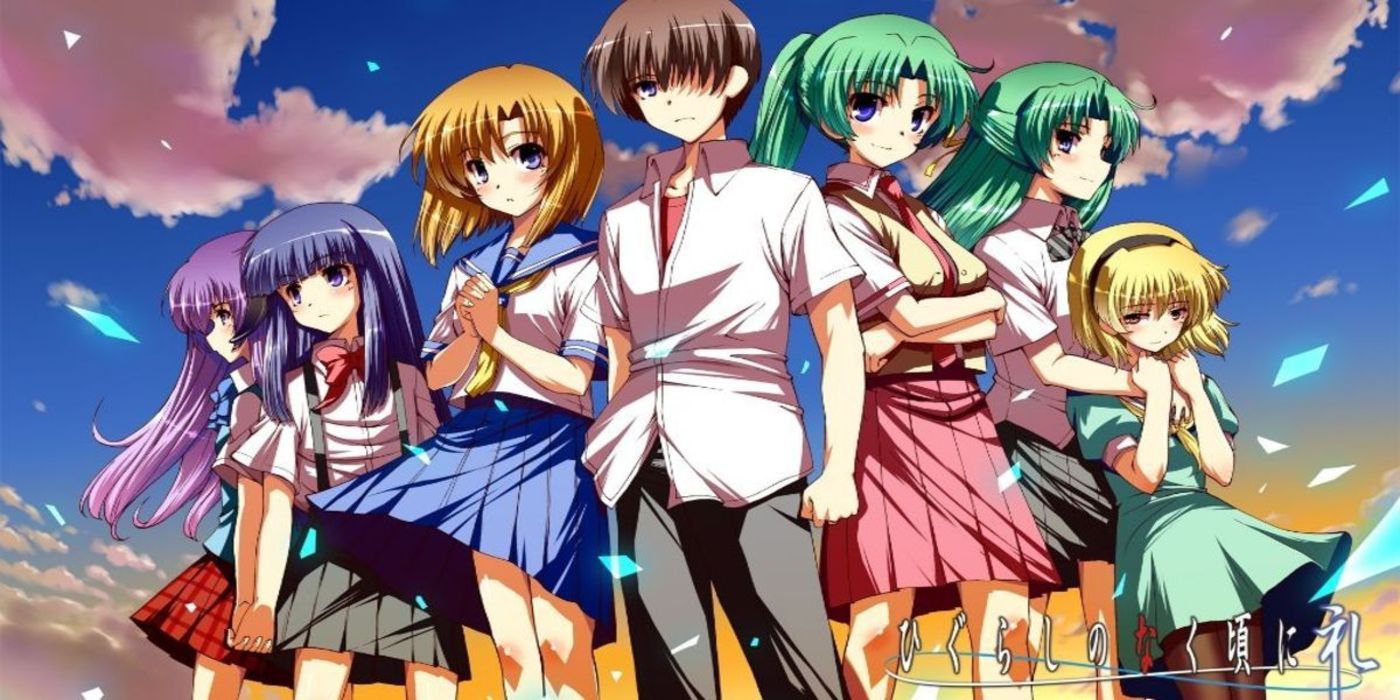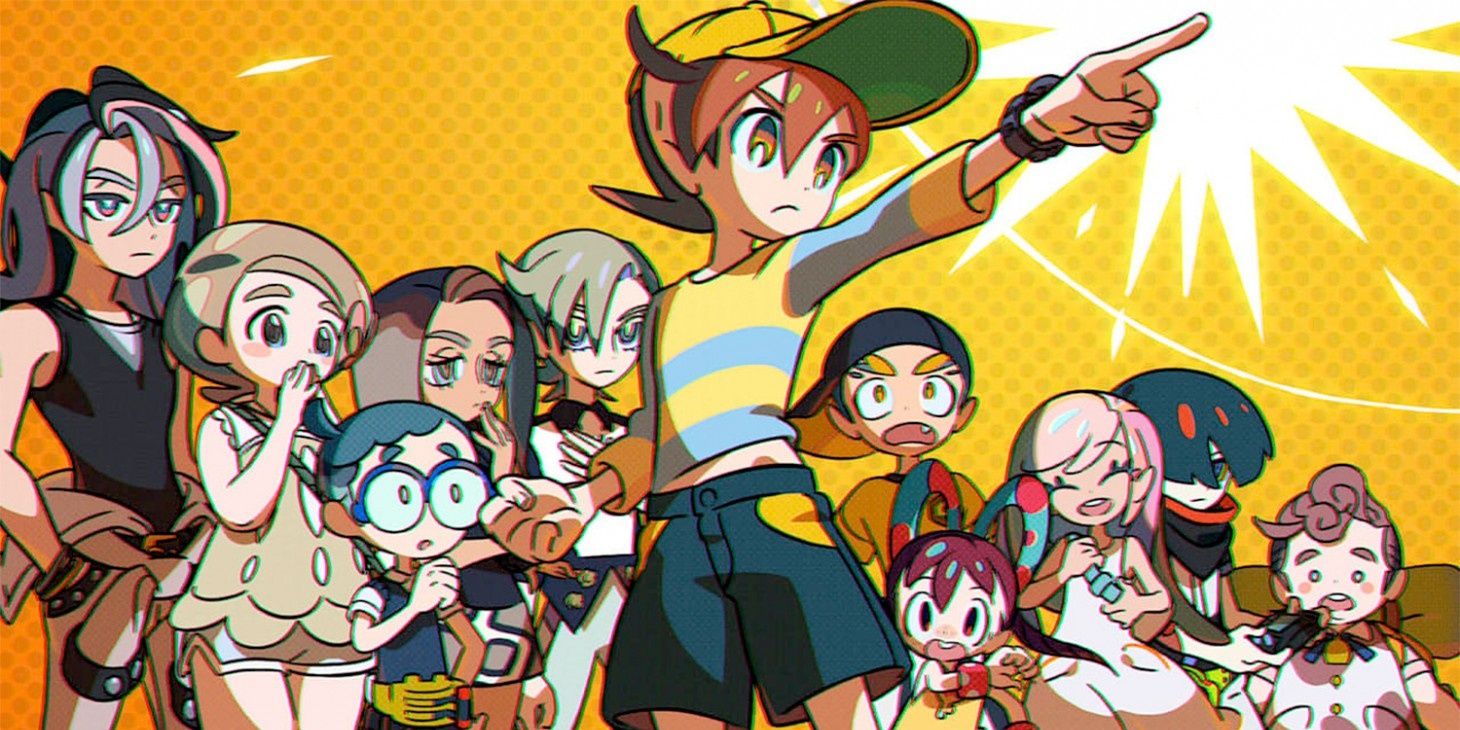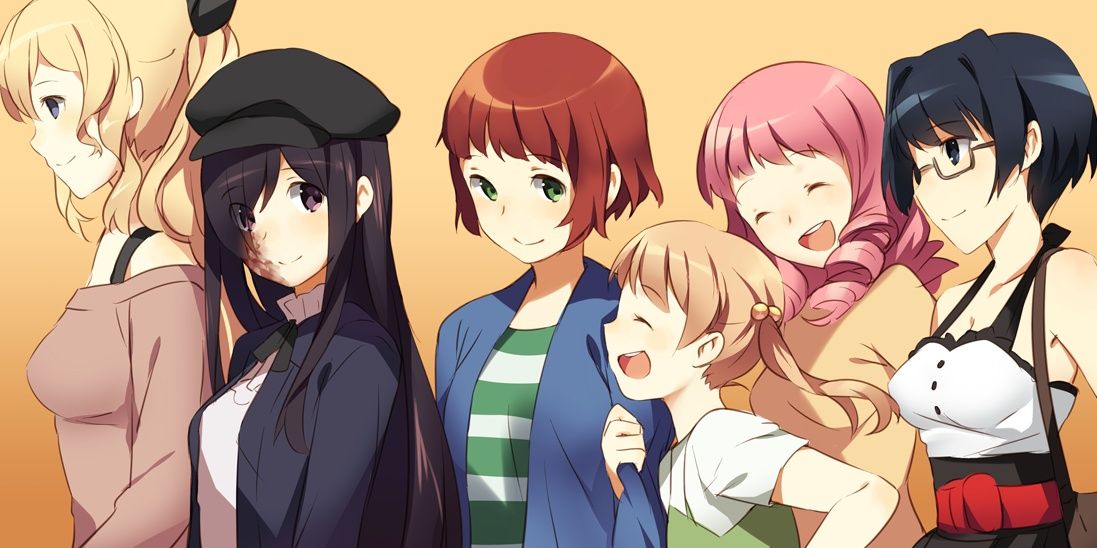Visual novels are one of the best ways to experience a story with just the perfect amount of interactivity required to keep players invested. It's a great genre that features some truly beautiful artwork and some truly riveting narratives that can keep most people engrossed all the way until they reach the end of this novel.
Most visual novels feature a ton of common elements that most fans of the genre would recognize. However, over time, a lot of the classic tropes present in this genre are slowly being phased out from most modern visual novels. Keeping this in mind, here are some visual novel tropes that were heavily featured in old games but haven't really made a major appearance in mainstream visual novels.
10 The Blank Slate Protagonist
One of the more common tropes in visual novels — and most RPGs as well — is the idea of putting a blank slate as a protagonist. This decision is mainly made to help the player put themselves in the shoes of the protagonist.
However, most modern visual novels have realized that the story-heavy nature of their titles warrants a protagonist with an actual personality. As a result, the blank protagonist trope is now slowly being phased out of gaming as a whole, including visual novels.
9 The Token Best Friend Character
Most classic visual novels feature a token best friend who accompanies the character for most of the way. While this trope isn't too overbearing in certain games, there are other titles where this "best" friend ends up being the worst part of the overall experience.
Thankfully, narratives in visual novels have progressed to the point where a best friend character isn't necessary in every scenario. As a result, most modern visual novels feature a wider cast of characters with equal focus placed on each, as opposed to the lazy best friend dynamic.
8 Linear Progression Of Dialogue
Nowadays, most gamers take the concept of branching dialogue for granted. This has been the case across a host of genres, not just visual novels.
However, there was a time when players couldn't choose a single line of dialogue throughout the entirety of a visual novel. Thankfully, the industry realized that this linear form of dialogue progression would be extremely boring in a story-heavy game, and altered their approach accordingly.
7 Little To No Interactive Elements Whatsoever
Most classic visual novels used to be rather static, with the story moving through a single click of the button and nothing else. However, over time, companies have realized that their visual novels won't really attract a larger crowd without some gameplay elements.
This is why visual novels like Zero Escape, Danganronpa, and Ace Attorney have witnessed mainstream success. The gameplay elements present in these titles have enough of a hook to keep fans engaged all the way to the very end.
6 The Inability To Lose
Most people aren't really excited by the prospect of checking out visual novels. This is mainly due to the fact that most of these novels didn't really feature a way to lose the game, which can take away most of the tension from these experiences.
However, as the visual novel genre has evolved, so has the idea of integrating scenarios in these games where players can lose. This finally creates a sense of tension that was missing in this genre for the longest time.
5 An Overemphasis On Adult Elements
There's no denying the fact that eroge elements used to comprise a massive chunk of the visual novel market. Even a great game like Fate/stay Night featured a ton of eroge content, which can be rather uncomfortable to watch at times.
Thankfully, modern visual novels don't really feature any of this unnecessary adult content. As a result, the narratives become easier to digest and way less awkward to watch unfold, which does wonders in immersing players into the game.
4 Convoluted Ways To Progress The Plot Or Get The Best Ending
A rather annoying aspect of old visual novels was the requirement to fulfill some convoluted secret requirements in order to unlock additional scenes or get the best ending possible. Given the already limited interactivity present in most visual novels, it was only a given that most people would be rather annoyed at the idea of missing out on the entire game's content because of missing out on a single option or interaction.
Modern visual novels have removed these requirements, making the experience easier to digest. Now, players don't have to deal with these frustrating secret interactions, hidden endings, and the like.
3 Obscure Visual Novels Becoming Popular With Anime Adaptations
For the most part, most visual novels only came into the mainstream after their anime adaptations became a hit. Fate/stay Night and Steins;Gate are great examples of this.
However, this balance of power has shifted in modern times. Now, certain visual novels like Danganronpa and Ace Attorney have become so insanely popular that anime adaptations are made to cash in on their popularity instead!
2 Being Limited To Japan-Only Releases
The visual novel genre is already a major niche as is. As a result, most of the games released in this genre used to be limited only to the Japanese video game market.
However, the advent of Steam and the increasing popularity of visual novels has brought about a positive change for this genre. Now, more and more visual novels are being translated for western markets where they actually have a sizeable audience to cater to.
1 The Genre Being Populated Only By Japanese Companies
For the longest time, only companies from Japan had a stranglehold on the visual novel genre. However, as the popularity of this genre increased, western companies also started getting in on the action.
Games like Doki Doki Literature Club, Katawa Shoujo, and Analogue: A Hate Story are all critically-acclaimed visual novels released by western studios. One can only wait and see whether this wave of western visual novels will turn into a full-on revolution.

.jpg)
